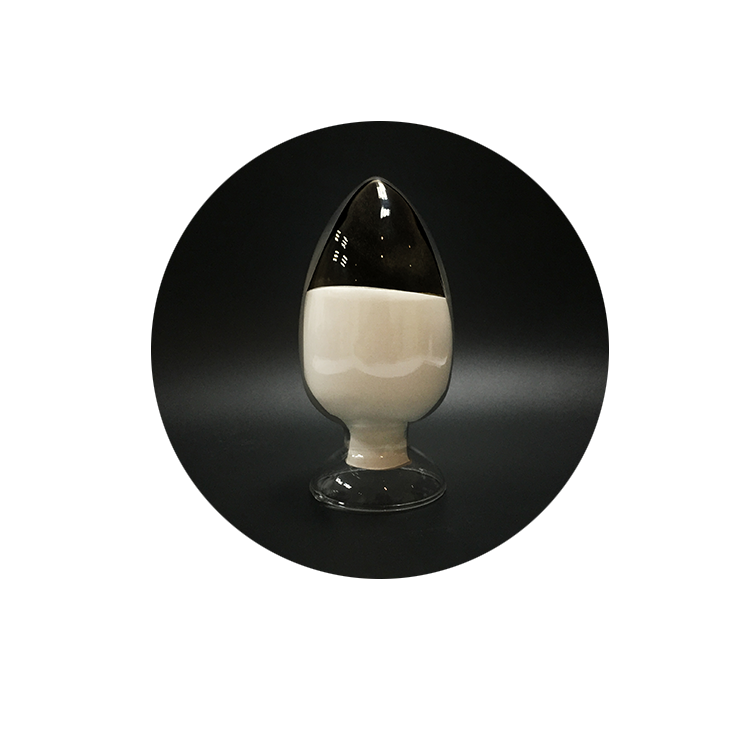The Rising Star in Food Enzymes: TG Enzyme
Ⅰ. What is TG enzyme?
Transglutaminase is a monomeric protein acyltransferase with an active center composed of 331 amino groups and a molecular weight of about 38,000. It can catalyze the intramolecular and intermolecular covalent cross-linking of protein polypeptides, thereby improving the structure and function of the protein, and improving the properties of the protein such as foaming, emulsion stability, thermal stability, water retention and gel ability. The effect is remarkable, and then the flavor, taste, texture and appearance of the food are improved.
Ⅱ. The effect of TG enzyme
(1) Improve food texture
TG enzymes can improve many important properties of proteins by catalyzing the cross-linking that occurs between protein molecules. For example, when using this enzyme to produce reconstituted meat, it can not only bond the minced meat together, but also cross-link various non-meat proteins to the meat protein, which significantly improves the taste, flavor and texture of meat products.
(2) Improve the nutritional value of protein
It can covalently cross-link certain essential amino acids (such as lysine) to proteins to prevent the destruction of amino acids by Maillard reaction, thereby improving the nutritional value of proteins. Transglutaminase can also introduce missing amino acids into proteins whose amino acid composition is not ideal.
(3) Forming a heat-resistant and water-resistant film
After dehydration of the casein cross-linked by the enzyme, a water-insoluble film can be obtained, the film can be decomposed by chymotrypsin, is an edible film, and can be used as a food packaging material.
(4) TG also has some unique effects
After TG treatment, no heat treatment is required in the process of protein gel formation; it improves the elasticity and water-holding capacity of food; it can also be used to embed lipids or fat-soluble substances.
Ⅲ. The characteristics of TG enzyme in the application process
(1) Safe to use: Since transglutaminase is widely present in animal tissues, people have been eating food containing lysine isopeptide bonds catalyzed by TG enzyme, so the new food produced with TG enzyme is not only safe for human body. Yes, it is also good for human health.
(2) Strong adhesive force: The covalent bond formed between proteins catalyzed by TG enzyme is difficult to break under normal non-enzymatic catalysis conditions, so the food components treated with this enzyme have strong adhesive force. After the minced meat is formed by treating with the enzyme, it will not disintegrate after freezing, slicing and cooking.
(3) Good pH stability: The optimum pH for transglutaminase is 6~7, but it has high activity in the range of pH 5~8. When the pH was lower than 5, the enzyme activity decreased rapidly, and when the pH was higher than 8 and less than 9, the enzyme activity decreased slowly. This is consistent with the pH value of general protein food systems, which is beneficial for application in food production.
(4) Strong thermal stability: It has been found that the optimum temperature of TG enzyme is around 52°C, and it has high activity in the range of 42-57°C. Especially in protein food systems, the thermal stability of the enzyme will be significantly improved, which makes it not rapidly deactivated due to heat treatment during general food processing.
(5) The reaction temperature is negatively correlated with the time: the higher the reaction temperature, the shorter the reaction time; on the contrary, the lower the temperature, the longer the time. The physicochemical properties of different types of food determine the relationship between temperature and time during the reaction.
TG enzyme can be widely used in pork, fish, beef and other meatballs, reconstituted minced meat, surimi products, ham, sausage and other sausages, protein meat, noodles, bread and other baked products, Chiba tofu, cheese, etc. field. It plays an important role in improving the taste, flavor, structure and nutrition of meat products.

